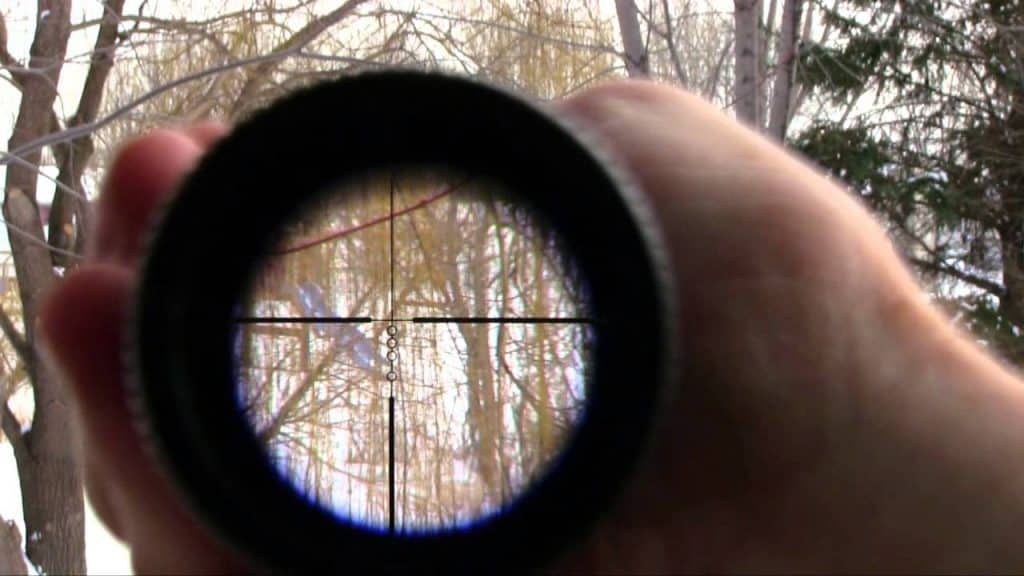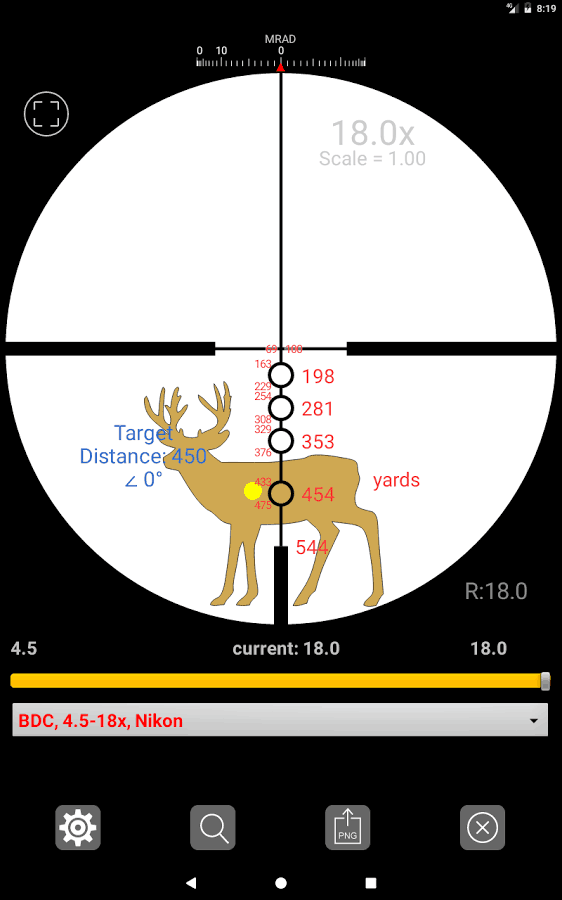With all the different terminologies and nomenclatures of optical scopes, you’re bound to run into abbreviations claiming “best in technology” or at least “cool feature,” enticing you to want to buy or even spend more money on this scope versus the competitor, without even knowing what that abbreviation means.
That said, what is a BDC Reticle? Let’s explore exactly what that is, so you can determine if this is a feature you really need, want or is even necessary.
Quick Answer: What is a BDC Reticle?
A BDC reticle is scope crosshairs with sub-markings on the downward crosshair. Each one of the extra markings indicates a further distance away. If your scope is zeroed for 100 yards and your target appears to be 300 yards out you can use the BDC markings to line the target up to the second mark for a more accurate 300-yard shot.
Bullet Drop Compensator
BDC stands for Bullet Drop Compensator. The reticle, of course, is your cross-hair or lines measuring your scoping distance. These scopes use a reticle pattern that will predict the outcome of your shot based on essentially guessing how much a bullet will drop at a certain range. This is meant to be a quick adjust, where you know exactly where to aim and place your dot for different distances without having to adjust your elevation turrets.
Typically, the reticle is already set up by the manufacturer. With the cross-hair zeroed at 100 yds, then aim points directly below the center cross-hair in 100 yd increments.
The Problem With BDC Scopes
The preset range set up by the manufacturer sounds super easy. However, the problem with this is that it was test fired with a test gun, for a very specific caliber, grain, wind conditions, and elevations.
There really is a lot of variation with any of these elements to say that if tested under perfect conditions, your shot is going to hit true to the 300 yd drop prediction when you are on anything but flat terrain, with 10mph winds, on a different rifle than what was tested, at a different grain weight. Generally, this completely changes the ball game and makes your range marks unreliable at best.
Here is a great explainer on why some people would not choose this type of reticle.
What People Like About a BDC Scope
The whole design of this reticle was to be fast and user-friendly. If you are able to correctly calculate your range and where your shots are actually placing, then you can easily use this function for how it was intended. There is a great app that you can find on Google Play or Amazon called the Strelok Ballistic Calculator that can help figure your BDC and loads accurately.
If you really want to get the most out of your reticle, it ultimately comes down to you practicing and shooting your gun. Of course, these would need some adjustment to show, what and where you’re shooting. You just need to know your gun and how your scope places. So practice, practice, practice!
This is a long range scope, so if you are wanting to land that 800 yd shot, you had better be out target shooting and getting the feel of this reticle and fine-tuning it to you, rather than taking it out of the box, throwing it on your rifle and going out to do some hardcore hunting. It won’t work. When “personalized” this scope works famously with nothing but praise.
If you want to see a list of budget long range scopes we’ve written about them in detail on another article.
The BDC Image
The general images you are probably used to are a regular cross-hair pattern or mil dots. Either way, there will be the center mark with dots or dashes on the vertical and horizontal planes.
The reticle more than likely is set up a bit different. There may or may not be a center cross-hair and the majority of the focus is on the vertical line below the horizontal plane. This will be marked with a number of circles or lines to mark (roughly) 100 yd drop points for your quick focus. So, you move the corresponding circle to your distance over the target and should have a fairly accurate shot.
Conclusion
You should now be pretty comfortable in understanding what is a BDC reticle is, how they work, and most importantly if they will work well for you. They are fairly straightforward and simple when utilized correctly, and will be a welcome addition to your firearms accessory family if you choose to give it a try.
If you enjoyed this article you’ll probably like these:




